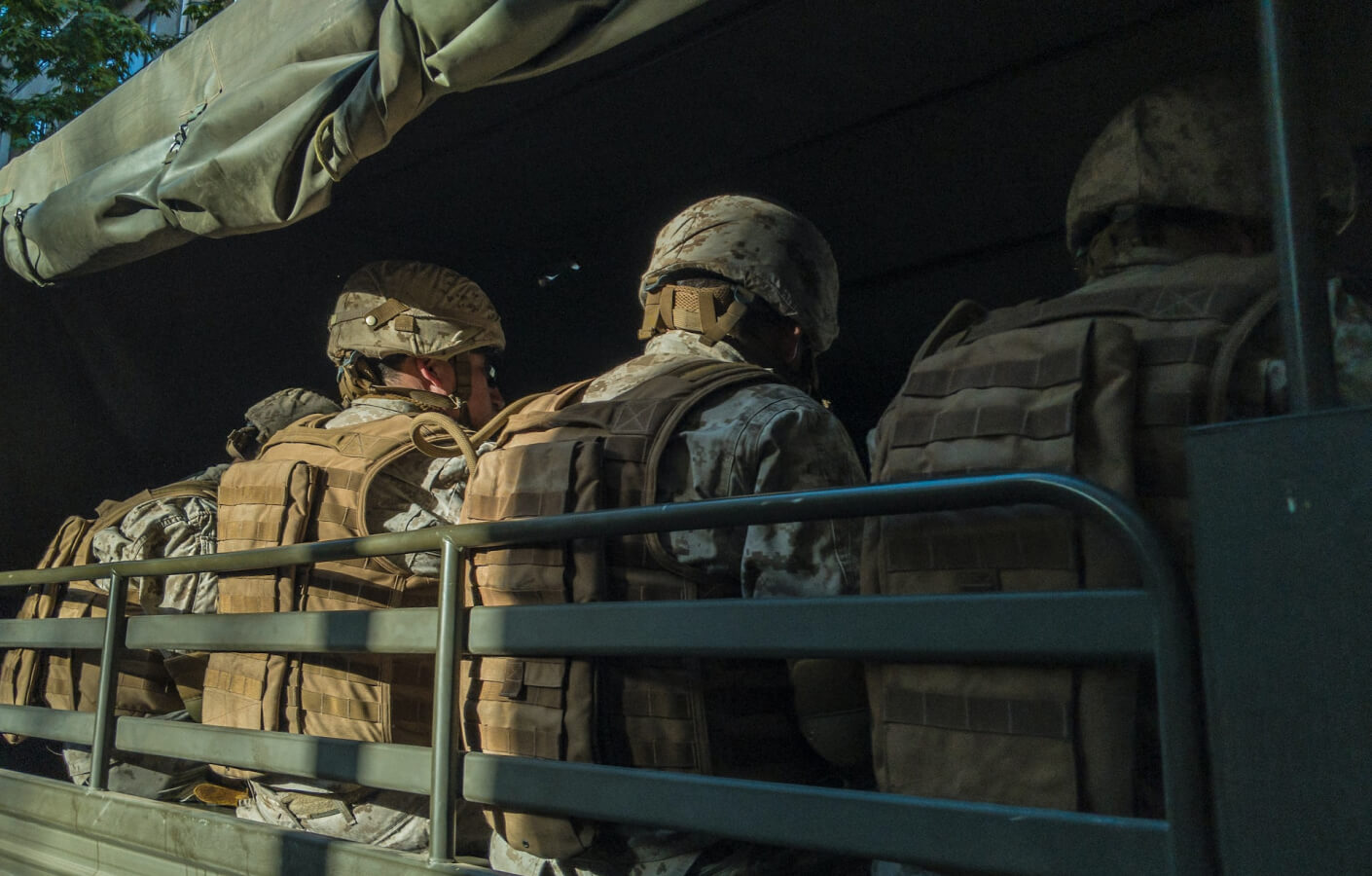
FAQ
Our core mission is to provide life-saving aid and sustainable development
support in conflict zones, natural disaster areas, and impoverished regions.
We operate under a coordinated command structure aligned with UN humanitarian
protocols.
All field deployments are conducted in close collaboration with the UN Office for
the Coordination of Humanitarian Affairs (OCHA), ensuring compliance with
international law, humanitarian principles, and rapid response effectiveness.
We serve vulnerable civilians—especially women, children, and displaced
populations—in areas impacted by war, famine, or disaster. Every mission is
driven by compassion, precision, and accountability.
All personnel operate under strict operational codes and undergo field-readiness
training, including conflict sensitivity, medical triage, and rapid deployment
drills. Unity, integrity, and resilience define our ground presence.
We mobilize logistical convoys, medical units, food supplies, and engineering
support through donor contributions, UN allocations, and strategic NGO
partnerships—all delivered with military-grade efficiency.
Civilians can support through donations, volunteering, or serving as peace and
relief ambassadors. All roles, whether on the ground or behind the scenes, are
mission-critical and respected.
All missions are monitored via real-time reporting systems, independent audits, and
UN-reviewed assessments. Accountability is our standing order—we report to the
global community and those we serve.
Beyond emergencies, we work with UN development programs to rebuild schools,
stabilize economies, and strengthen community resilience. From relief to recovery,
we remain on mission.

